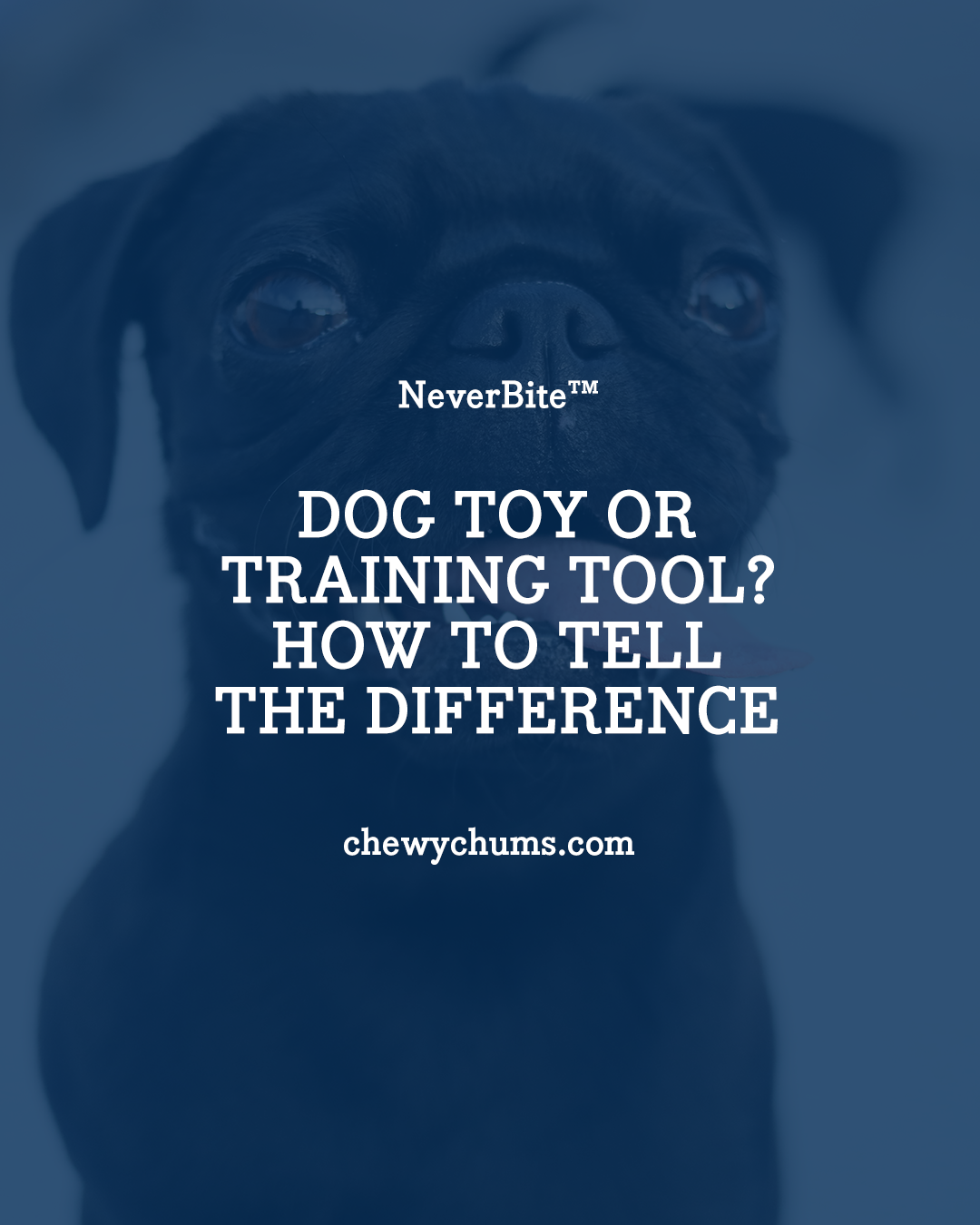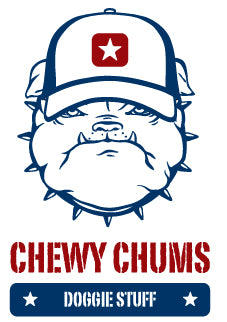
Dog Toy or Training Tool? How to Tell the Difference (and Why It Matters)
Chewy ChumsShare
Why This Question Matters
Toys entertain. Tools teach. The difference sounds small—but it’s huge when you’re raising a pup. The right gear can mean the difference between frustration and progress, especially during bitey, teething, high-energy phases.
So how do you know what’s just a toy—and what’s actually helping you train?
What Makes a Toy Just a Toy
- Passive (dog chews or tosses it alone)
- No feedback or structure during use
- Often filled with fluff or squeakers for stimulation—not learning
- Usually destroyed quickly or ignored after the first day
What Makes a Tool Worthy of Training
- Requires handler participation
- Reinforces specific cues like "drop it," "gentle," and "wait"
- Encourages impulse control, redirection, and focus
- Durable enough for daily training without falling apart
Why NeverBite™ Is Built Like a Tool, Not a Toy
- Worn on your hand = direct handler feedback
- Internal silicone glove protects you during tug, teething, and redirection
- One squeaker to grab attention, not overstimulate
- No stuffing = no cleanup or choking hazards
- Teaches commands naturally through structured play
- Machine washable, eco-safe, and tough enough for daily training
Final Word From the Crew
Toys distract. Tools develop. If you want to raise a focused, polite, well-trained pup, don’t just hand them a chew—train them with a tool that’s built for real behavior change.
🏴☠ Train smarter. Train pirate-style. Train with NeverBite™.
